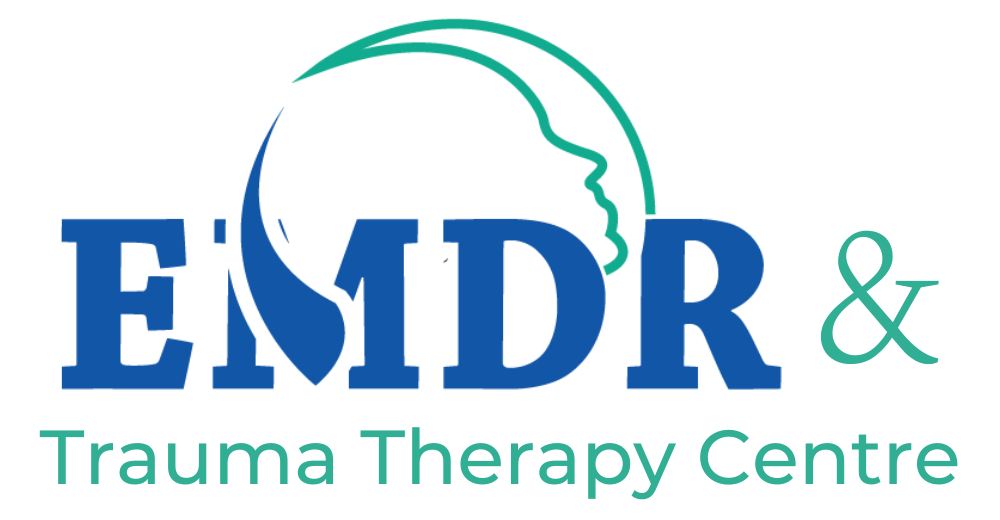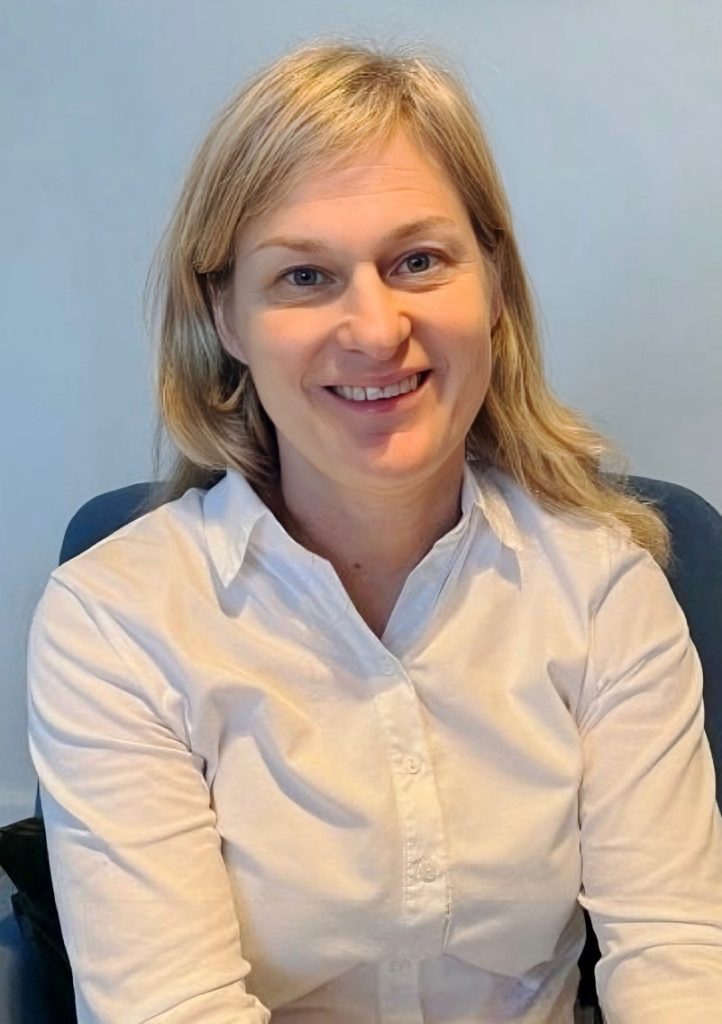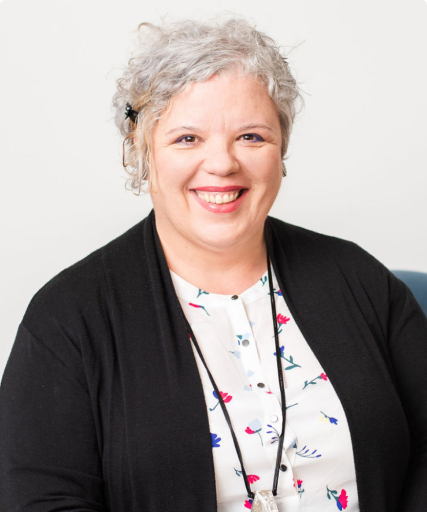Deep Brain Reorienting (DBR) Therapy for Teens and Adults in Ontario
We offer Deep Brain Reorienting (DBR), a cutting-edge therapy designed to help clients safely process and resolve deep-rooted trauma especially trauma related to attachment wounds, early developmental experiences, and shock-based events. DBR is suitable for teens and adults who are ready to go beyond talk therapy and access a more profound level of healing.
DBR therapy for trauma can help you:
Access pre-verbal trauma
Reduce overwhelm
Release Trauma held in the body
Non-verbal process
What Is Deep Brain Reorienting (DBR)?
Deep Brain Reorienting is a neurobiologically-informed therapy developed by Dr. Frank Corrigan. It targets the brainstem-level responses to trauma the very first place in the brain where emotional shock, attachment rupture, or threat is registered, often without words or conscious awareness.
DBR helps people process trauma by focusing on what occurs just before emotional or physical distress arises. This pre-affective response is known as the orienting tension a subtle, instinctive reaction that the body holds in response to perceived threat or disruption in connection.
By gently tracking and processing this orienting tension, DBR enables the nervous system to unwind unresolved trauma at its origin.
Discover the principles behind Deep Brain Reorienting in this expert-led video
Why Teens and Adults Are Choosing Deep Brain Reorienting
-
Bypasses intellectual defences and gets to the root of the trauma
-
Doesn’t require verbal processing, which is ideal for those who struggle to articulate what happened or how they feel
-
Effective for early trauma, even if the person has no explicit memory of it
-
Reduces emotional overwhelm and helps the nervous system complete what was once frozen
-
Integrates well with Neurofeedback, EMDR, Ego State Therapy, and Somatic Therapy

DBR and Teens: A Safe Path to Emotional Regulation
For adolescents, DBR provides a non-threatening, body-based way to address trauma, anxiety, and emotional dysregulation. It’s particularly supportive for:
-
Teens who feel numb or avoidant
-
Teens with intense emotional swings or shutdowns
-
Youth with attachment difficulties or family stress
-
Those who’ve had medical trauma, bullying, or identity-based trauma
Who Can Benefit from DBR Therapy?
We offer DBR for both teens and adults who are navigating:
-
Attachment trauma or relational wounds
-
Early neglect, emotional abandonment, or preverbal trauma
-
Shock trauma (medical trauma, sudden loss)
-
Developmental trauma or complex PTSDDevelopmental trauma or complex PTSD
-
High-functioning anxiety or emotional numbness
-
Persistent symptoms that haven’t improved with other therapies
-
Somatic symptoms (e.g., tension, migraines, chronic pain) with no medical cause
DBR is especially helpful for those who have insight into their trauma but still feel stuck, disconnected, or emotionally shut down.
“Healing begins not by escaping the pain, but by meeting it at its origin—with the stillness and courage of the deep brain that always knew the way home” – Dr. Frank Corrigan
EMDR & Trauma Therapy Centre
How Deep Brain Reorienting Works
Unlike talk therapy, DBR slows down the process to allow your body and brain to guide the healing. Sessions are gentle, structured, and attuned to your nervous system’s pace.
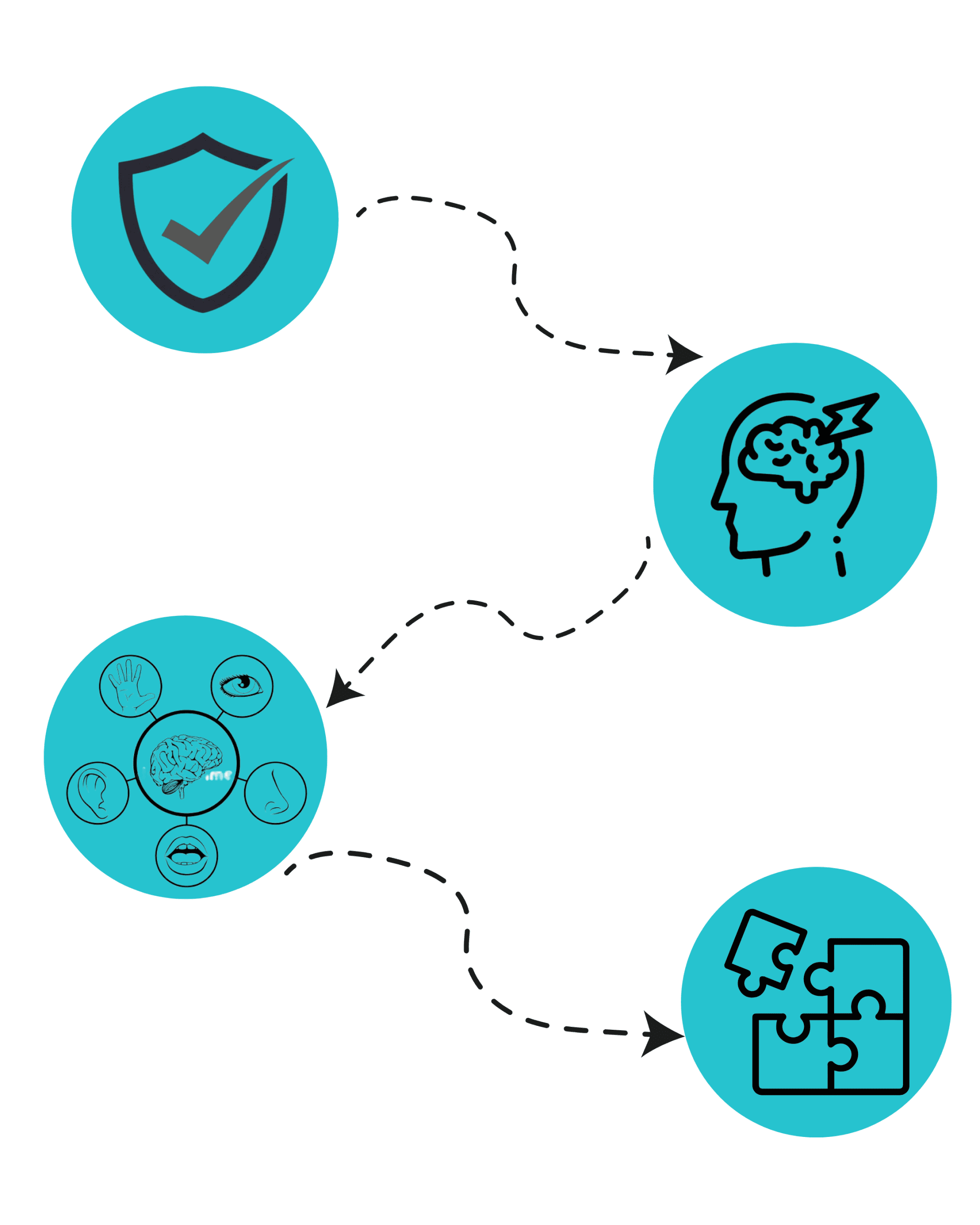
1. Safety First
You’ll work with a therapist trained in nervous system regulation to create a sense of safety and readiness.
2. Tracking Orienting Tension
With support, you’ll learn to identify subtle tension in your face, head, or neck that signals your brain’s early response to a memory or trigger.
3. Unfolding the Sequence
As your therapist tracks the sequence of sensations and emotions with you, the trauma begins to unwind—without the need to re-live or narrate it.
4. Resolution and Integration
The nervous system processes what was once “frozen,” allowing new emotional and physical responses to emerge—often bringing relief, clarity, and a sense of reconnection.

What to Expect in a DBR Session
-
Mindful tracking of body sensations
-
Gentle therapist-guided attention to tension patterns
-
Spacious, quiet moments where the nervous system does the work
-
Processing emotional shifts as they arise (without pressure to explain)
You’ll always be in charge of your pace and we integrate grounding strategies to support regulation.
EMDR & Trauma Therapy In Toronto
Start Your Healing with Deep Brain Reorienting
Whether you’re a parent looking for help for your teen, or an adult ready to resolve deep emotional pain, DBR offers a way to heal at the root.

Frequently Asked Questions
While DBR was developed for trauma resolution, it’s also helpful for people dealing with anxiety, dissociation, or emotional overwhelm—even without a clear trauma narrative.
That’s okay. DBR works with the body’s implicit memory system, which doesn’t require verbal memory to be effective.
Yes. DBR is highly attuned to nervous system safety and does not force disclosure. It’s often a preferred modality for adolescents who have trouble expressing themselves or are overwhelmed by traditional therapy.
Bilateral stimulation, such as eye movements, taps, or tones, is a core component of EMDR therapy that facilitates communication between the brain’s two hemispheres. It is believed that this stimulation helps to integrate and process traumatic memories more effectively, allowing the individual to reprocess and reframe their experiences, leading to reduced distress and increased adaptive functioning.
Absolutely. Our integrative model often combines DBR with Neurofeedback, EMDR, Internal Family Systems, and somatic work depending on your clinical needs and preferences.
How To Get Started
Get started with the EMDR & Trauma Therapy Centre in Toronto. Serving the Greater Toronto Area. Online sessions are available across Ontario.
Book A Free Consultation
Get your questions answered and be placed with the right therapist. Book a free 15-minute consult.
Book AN Appointment
If you’re ready to get started, book an appointment using our only portal.
